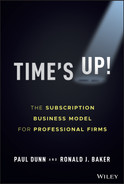5
This Could Be the Most Important Business Question Ever
I can't remember who first mentioned this quote to me (one we used early in the book).
I think it could have been Jon Berghoff at XCHANGE. Here it is again:
Questions change the future before the answers even arrive.
Just ponder for a moment how profound and powerful that is. Consider this: On October 5, 2021, Paul Polman and Andrew Winston released their first book together, Net Positive: How Courageous Companies Thrive by Giving More Than They Take. Right at the start of the book, they pose this question:
Those three simple questions alone could open up a whole plethora of possibilities and potential. Now let's put that idea aside for a while and focus back on you and your team.
To do that, we've created a series of stepping stones for you in Figure 5.1 below. Here are the steps moving upward:
Looking at the steps from the bottom up ….
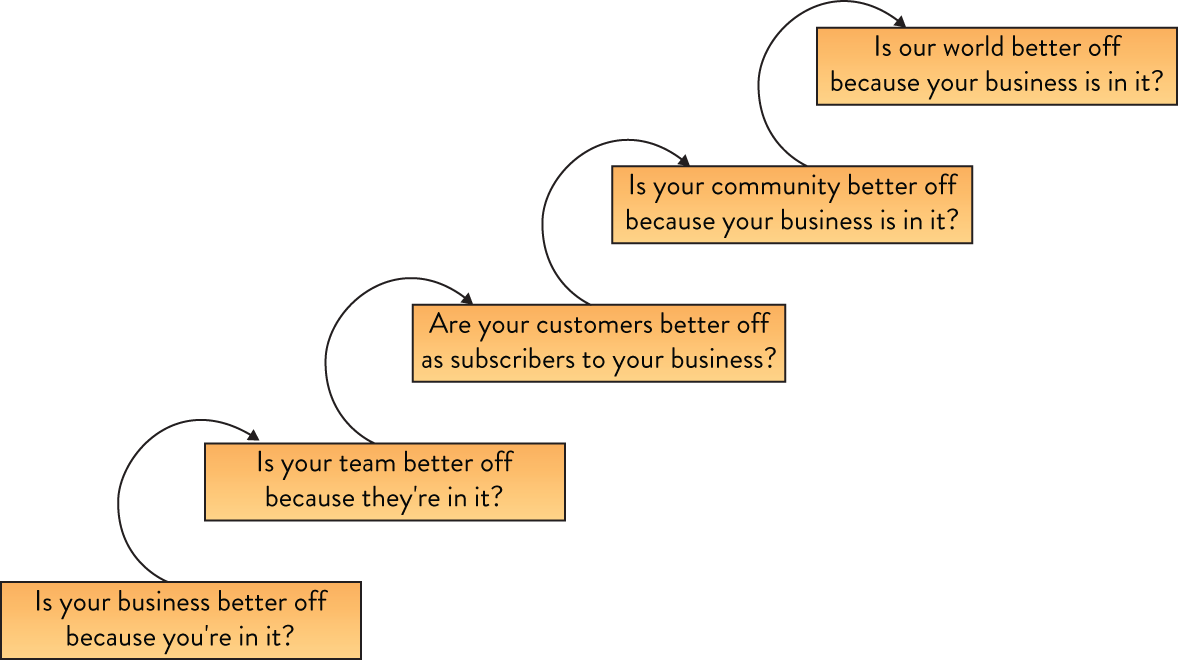
FIGURE 5.1 Some critically important stepping stones.
IS YOUR BUSINESS BETTER OFF BECAUSE YOU'RE IN IT?
There are many models for how businesses should (and do) function and grow. Figure 5.2 is one of the simplest—it is also one of the most powerful.
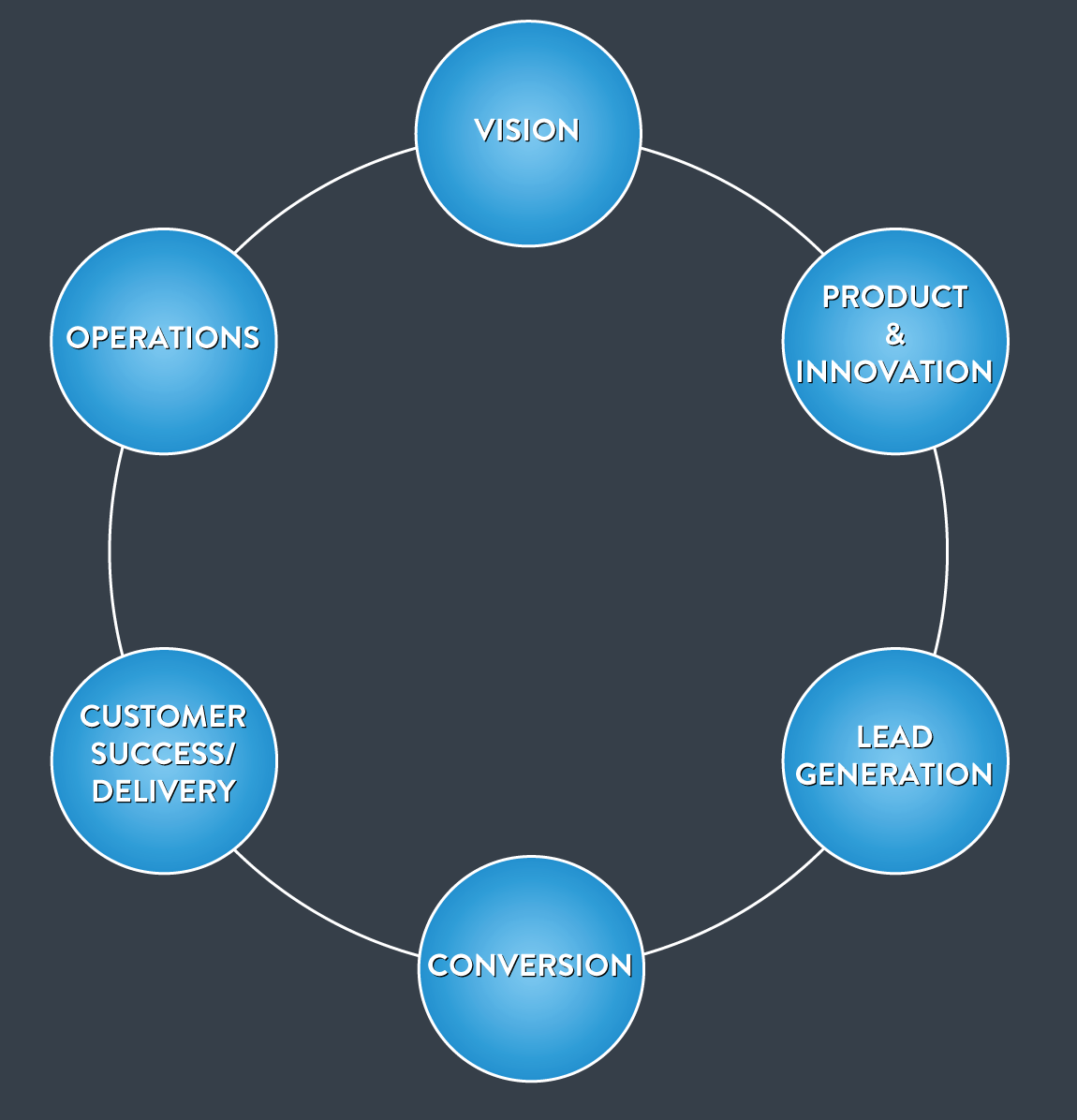
FIGURE 5.2 The six engine rooms of a business—part 1.
You see just six areas. And of course, the key question is, which bubble are you in. Depending on the size of your business right now, a better question might be, “How many bubbles are you in?”
And of course, your answer to that question depends on whether your business is starting, static, or scaling. Figure 5.3 shows how that looks.
You're in every box—like Figure 5.4.
And everything depends on you, too. As my colleague, Dr. David Dugan, points out, you're following these steps in a clockwise direction:
- You're developing, defining, and refining the product or service.
- Then you get some lead generation going—it could be advertisements, calling people you know, calling people you don't yet know, it could be web events (everyone has “webinars”—you'll have web events. So much more “presence” AND so many more people turning up, too!).
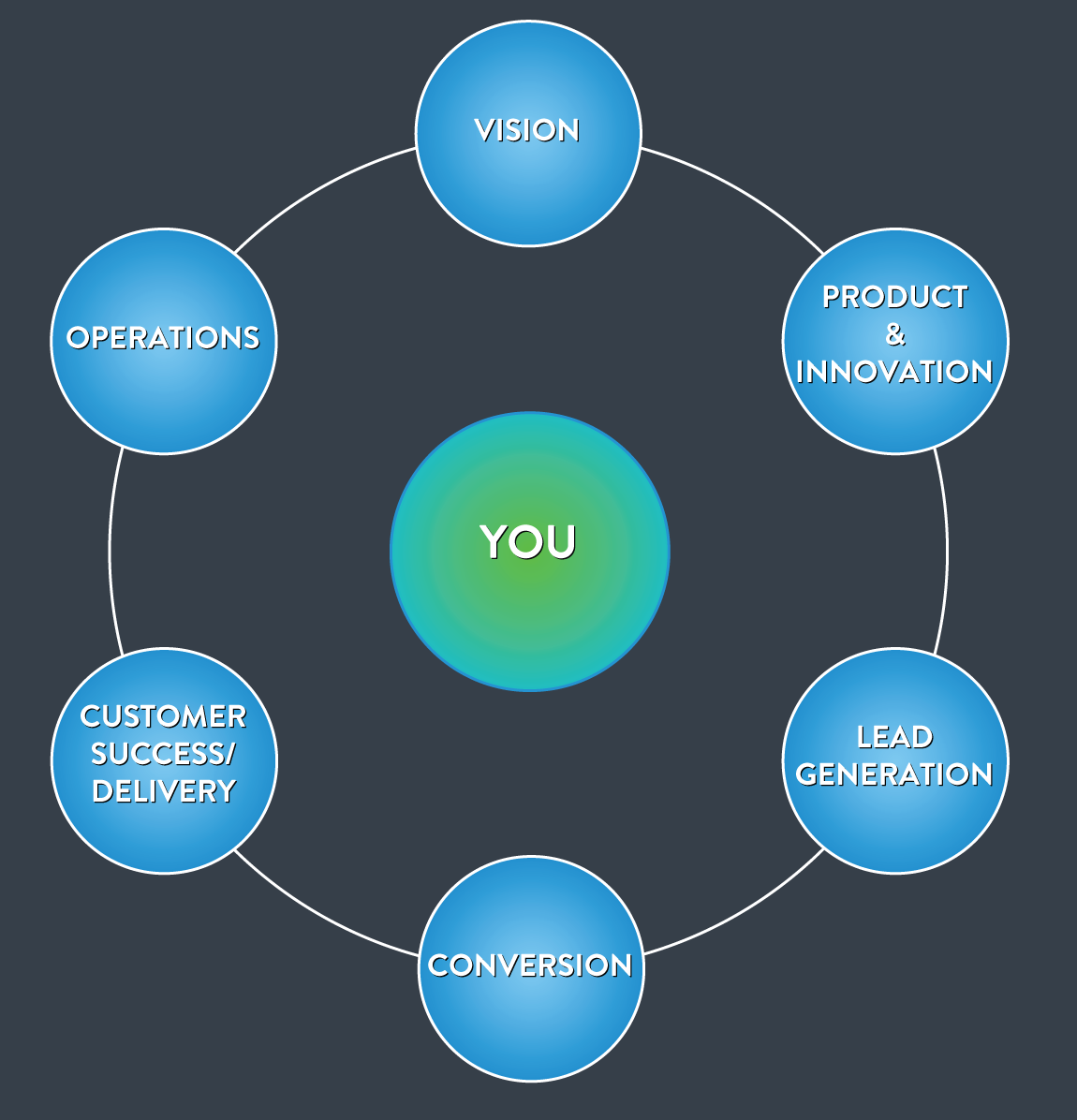
FIGURE 5.3 The six engine rooms of a business—part 2.
- Then you convert those leads. If you're really good at it, you follow a defined flow (almost a script), and you refine that as you go, too.
- Then you “deliver the goods” so to speak.
- And lastly, you make sure all the bills are being paid and all the processes are running correctly.
As the owner, your task is always to represent the vision, the values, and the value proposition of your organization in a way that is authentic, congruent, and meaningful.
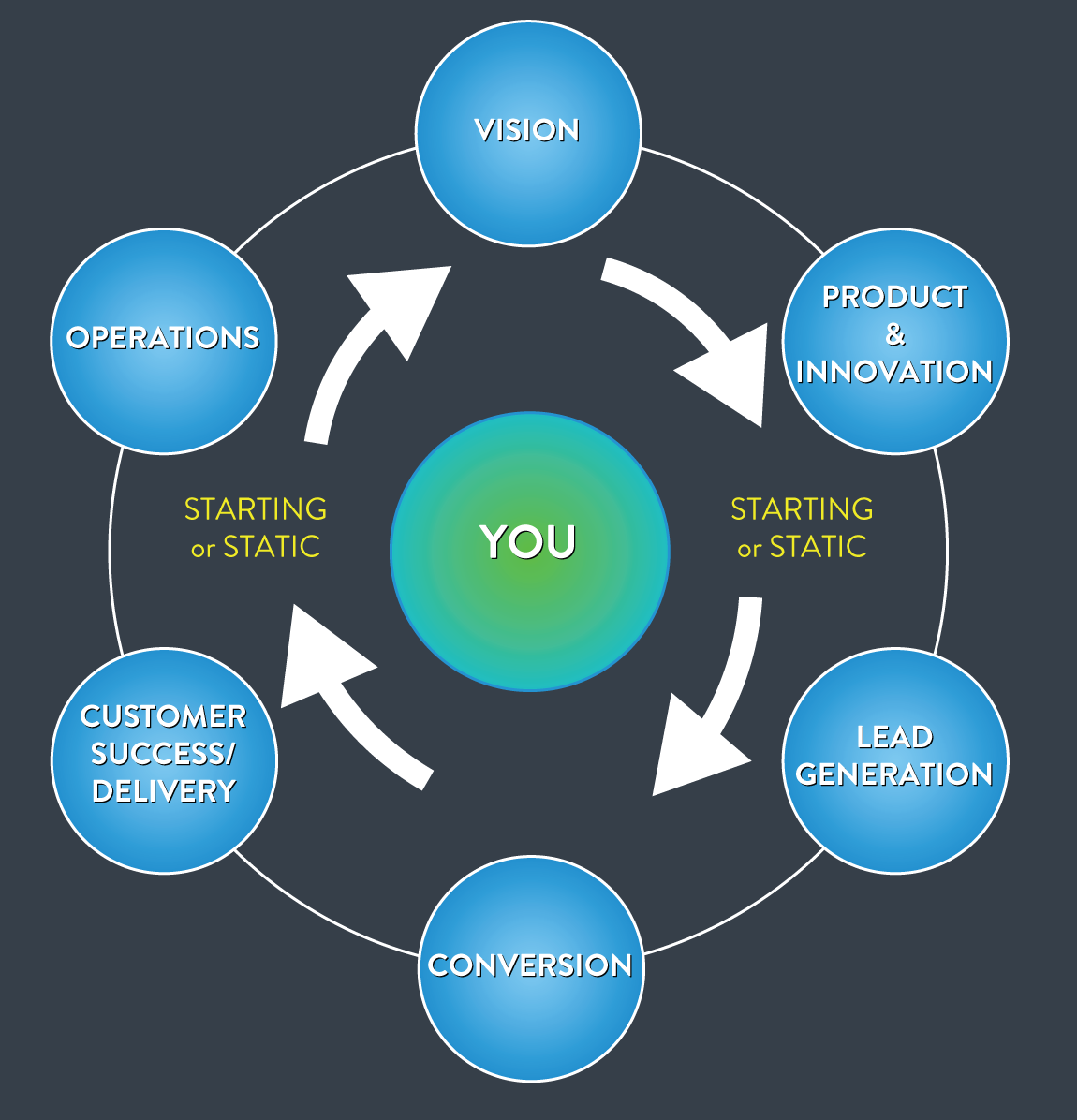
FIGURE 5.4 The six engine rooms of a business—part 3.
But clearly, unless you're a freelancer selling your time and expertise for money, you're going to struggle if you're in every box.
What we recommend you do now is counterintuitive. Figure 5.5 shows the idea in action.
You go counterclockwise now, letting others head operations/customer success and so on. Your job is to become the master of flow—leading the business instead of running it.
It's effectively run by what David Dugan refers to as your ELT—your executive leadership team—the leads in each of the circles.
First, you hire (even if it's part‐time) in operations, then you get someone to do (and/or help you with) the delivery, then you get someone to handle the sales and you get a marketing person to get the leads flowing.
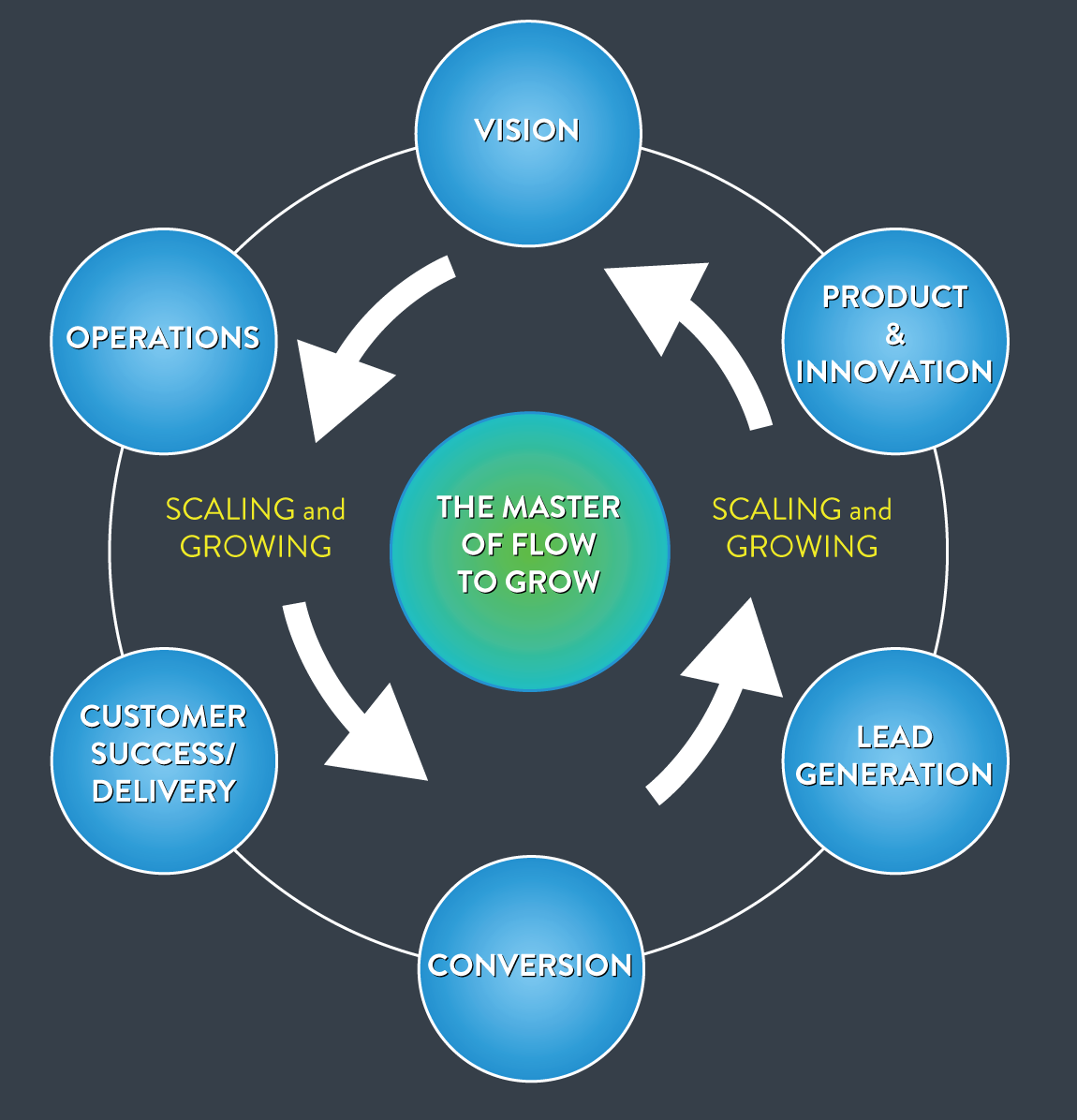
FIGURE 5.5 The six engine rooms of a business—part 4.
You need people who can focus on management so the business flows beautifully and meets its performance goals. The key as your business grows is not to become stuck as a manager. And this process of flow continues with you at the center like this and everything else almost bursting at the seams (Figure 5.6).
Again, when you start the business, it might be you and you alone. And here are some keys to make sure it doesn't stay that way—some keys to make sure you enrich more lives.
Monitor Your Value Score
Each month, monitor what we'll call your Value Score (a.k.a. Value Creation Score).
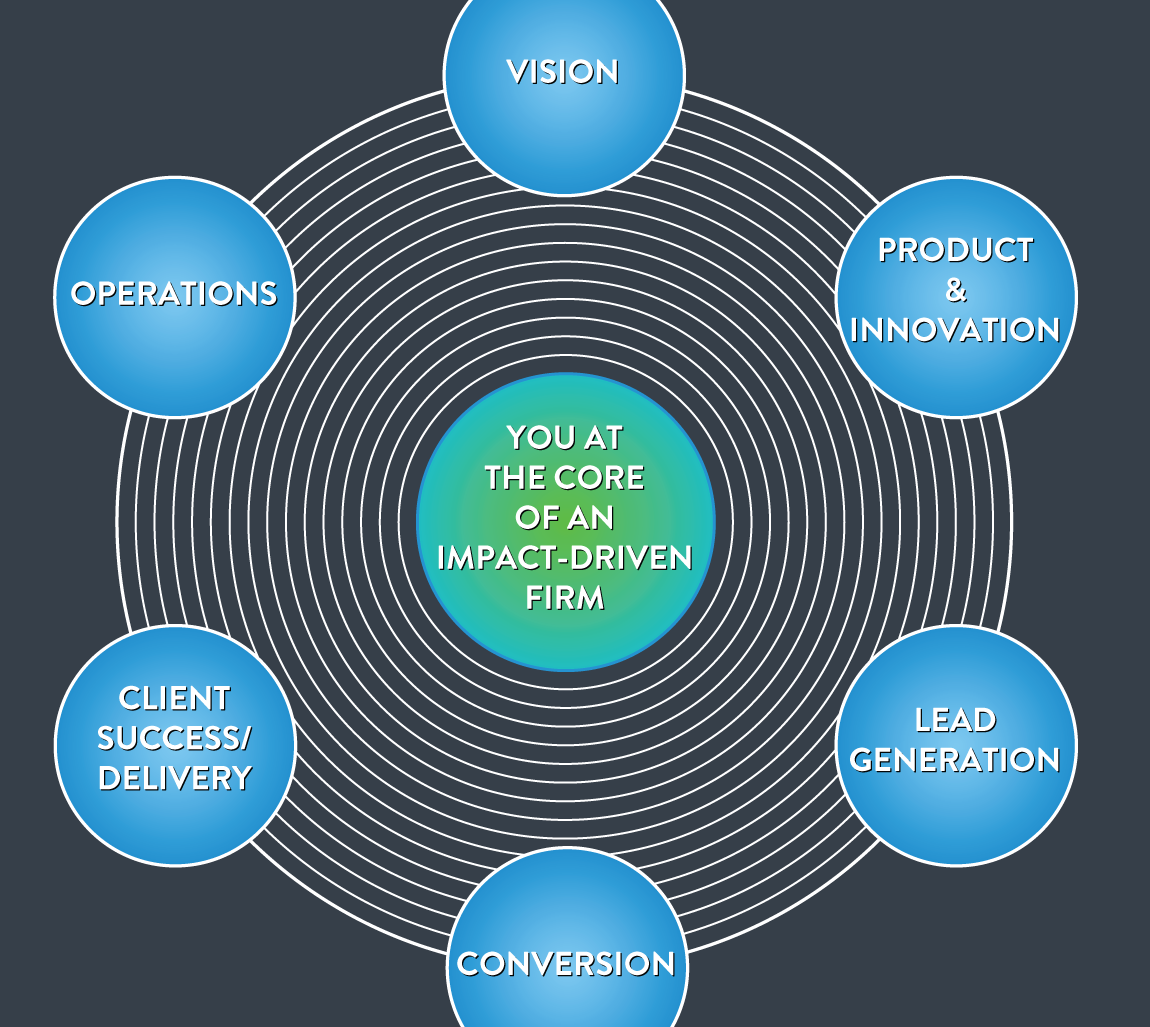
FIGURE 5.6 The six engine rooms of a business—part 5.
Your Value Score is simply the total revenue of the firm divided by the hours you're working. This becomes a critical marker for you. Clearly it needs to become high, very very high (by the way, this is not an hourly rate that you charge—it is simply an internal measure looking at how effective and valuable you are at growing the business. Nor are we suggesting you track time spent on a timesheet. Simply guesstimate the hours you worked the past month, or year. After all, it can't be higher than 8,760).
You always make sure you're NOT doing tasks that could be easily done by you paying someone less than your Value Score.
The Value Score is really a measure of your opportunity cost. You should spend your time on those areas where you have a comparative advantage, not an absolute advantage. You may be able to type faster than your executive assistant, but that does not mean you should do the typing. The Value Score allows your opportunity cost to grow as your firm does, and gives you a mental shortcut to determine what activities you should not be performing. We do not want surgeons piercing ears.
If you haven't done so already, be sure to get an executive assistant (I prefer to call them a DJ, a director of joy—joy for you AND for your customers) to at least handle your inbox and your calendar.
Use a three‐step process that Master Coach Dan Martel calls ATF:
- Audit—you simply check that a particular task can, in fact, be handled by you paying someone less than your Value Score.
- Transfer—you transfer that task to someone to whom you're paying less than your Value Score.
- Fill—now that you've freed up that task (e.g., handling your calendar), define how you're going to fill the new time you have to do things that really matter.
Establish a Cadence
And talking of calendars, if you haven't done it already, immediately set up what some people call a “default diary” so that you establish as repeatable a rhythm or cadence for the business and your part in it as quickly as you can.
Of course, that cadence can change trimester by trimester or quarter by quarter (depending on how you set the overall business rhythm).
For example, in very broad detail, my cadence in one of the businesses I own is like this:
- Mentoring and Marketing Monday—early on, marketing checks and processes, then high‐value customers
- Touch‐base Tuesdays—prospective high‐value customer contacts and Partnership opportunities
- Web‐event Wednesdays—speaking
- Touch‐base Thursdays—internal connections principally led by 2‐IC (your second‐in‐charge)
- Financials and Fantastic Fridays—hopefully self‐explanatory
Right now, though, there's an additional cadence item every day for three hours max (and some days it's two of them). Yes, you're right, it's writing this book!
If you're an owner of the business, your focus—some would say your only focus—must be on making sure the business is delighting existing customers, transforming their businesses, and attracting new ones.
It is incredibly easy for you not to do that. It's incredibly easy for you to focus all of your time on dealing with internal team problems, issues, challenges, systems, glitches, lack of communication, etc.
So it's absolutely critical to make sure that as you grow, you don't get stuck “running” the business. Your job is to lead your business.
Think of it as a simple case of supply and demand. Your job is primarily to create demand, to be out front capturing the attention of the market.
The team's job is to manufacture supply. Running the business is the task of the CEO or 2‐IC.
What we see so often is where owners fall into the trap of applying themselves to the manufacture of supply and, as a result, they put themselves in a position where no matter how hard they work, or how great the work they do is, they're simply not going to be profitable. And that's clearly because no amount of referrals will exceed the amount of demand required to make that system profitable.
Your team's job (not yours) is to be able to help manufacture supply. Sadly, this is where the vast majority of business owners spend way too much time—manufacturing supply.
Now of course, manufacturing supply also means delivering great value. That's why it's such an easy trap to fall into, because you want to delight your customers. You want to build better systems and processes. You want to innovate—you want to build better products and services to help your customers transform.
But let's just step back a little to look at the fundamentals of supply and demand. Whenever there's more demand than supply, prices go up. Whenever there's more supply than demand, prices go down.
Just grabbing that simple point is enough to transform a struggling business into a thriving business.
Most small‐ to medium‐sized business owners—your very customers—are most likely applying themselves to the manufacturer of supply and as a result, they're putting themselves in a position where no matter how hard they work, or how great the work they do is, they're simply not going to be profitable, because no amount of referrals will exceed the amount of demand required to make that system profitable.
You can help them stop that.
Once again, that's why we want you to share your insights from this book and your implementation of it with them.
This simple point about supply and demand can transform businesses quickly—very quickly indeed.
So, that's the foundational rung of this ladder hopefully nailed for you. And please don't make it complex—as a friend of mine put it recently: simple scales; complex fails.
Let's now move to the question on the second rung . …
IS YOUR TEAM BETTER OFF BECAUSE THEY'RE IN YOUR BUSINESS?
You probably know of Gallup for the surveys they regularly (and globally) conduct with the aim of letting us know how things are.
One such study is their ongoing global study of engagement in businesses.
Engagement is one of those things that we tend to think of in binary terms: Engaged/DisEngaged.
Gallup suggests it's not binary—in fact, is provides three categories: Engaged, Not Engaged, and Actively Disengaged. And in its 2021 update to the ongoing Employee Engagement story, Gallup reports that globally just 20% of employees are fully engaged. Just 20%. (In the United States, that number is closer to 35% fully engaged.)
CompanyFounders.com show the numbers graphically for us in Figure 5.7.
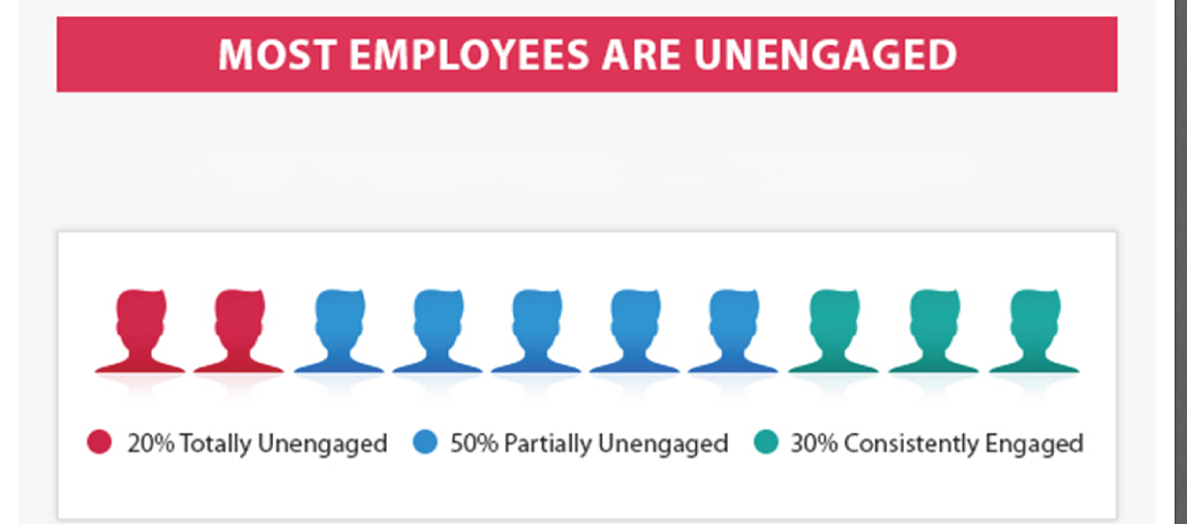
FIGURE 5.7 Rowing the boat the wrong way.
Think of that graphic as a shot of a rowing boat heading from the left of the page to the right of the page. What you've got is 30 out of 100 rowing the right way (in every sense of the word right), 50 with their oars just dangling in the water and 20 actively rowing the wrong way—from right to left!
It's not a very good look!
For comparison purposes, the latest (January 2022) update to the Gallup surveys gives these stats and commentary from Gallup:
In the first half of 2021, Gallup reported that 36% of workers were engaged, matching the 2020 composite result. But the second half of 2021 saw a drop, resulting in the annual figure of 34% engaged workers in 2021. This may not be surprising given the many challenges leadership faced in recent months, including record increases in employee quit rates, implementing vaccine mandates, and planning for various combinations of remote and on‐site work while trying to match worker preferences with leadership expectations.
The ratio of engaged to actively disengaged workers in the U.S. is 2.1 to 1, down from 2.6 to 1 in 2020. (Harter 2022)
And in April 2022, Gallup updated the numbers again like this:
This pattern has continued into early 2022, as 32% of full‐ and part‐time employees working for organizations are now engaged, while 17% are actively disengaged, an increase of one percentage point from last year.
These three standout numbers provide good examples of the negative consequences.
So let's take a look at how we can get the boat moving faster AND in the right direction.
To do that let's first go back to that Monitor Deloitte Report we looked at in Chapter 2. To save you flipping pages, we put it this way back there:
And it's not just sales you attract—you attract the large number of people who would prefer to work with an on‐purpose company—you become a magnet for talent as well once you're seriously on purpose. Oh and did you notice a significant number of those people you attract will work for less too?
When you look in‐depth at that Deloitte report, you start to get a handle on moving the boat the right way AND speeding it up—moving it forward faster.
Specifically, the report said fully 78% of people—that's a HUGE number—would prefer to work for an “on‐purpose” company and three‐quarters of the millennials questioned said they'd take a pay cut to do it!
Such is the power of purpose fully expressed as impact.
The question is, of course, now that we've got more of the “right” people in the boat, how do we keep them all rowing in right direction all the time?
Huddles are part of the answer. Huddles are daily time‐limited get‐togethers designed to inspire, to catch potential issues early, and, of course, to make sure we're all rowing in unison the right way.
Here's a great example taken from the culture document of InspireCA, an accounting firm in Brisbane, Australia:
That was pre‐pandemic. The exact same process applied during lockdowns, work‐from‐homes, and so on—the only difference was that they “stood around Zoom” as opposed to huddling together.
Critically, huddles are quick—we find 15 minutes to be the absolute maximum. Everyone has to get their three things out in less than a minute. So that means huddles are not “all‐hands”—they can be project groups, leadership groups. They are tight‐knit groups that are all focused on keeping that boat moving.
Let's be clear—huddles are crucial, not optional. And if you need more help to get you started, you can check this piece from a Huddle champion, Verne Harnish: https://blog.growthinstitute.com/scale‐up‐blueprint/daily‐huddle.
Retros help enormously, too.
The Retro
We highly recommend that you have regular “retro” (it's short for retrospective) rituals. Ron is a real champion of them (as you'll discover soon), even though he gives them a different name: AAR, or After Action Reviews.
Whatever you choose to call them, do them.
Perform them at least monthly if not weekly, and, of course, have them whenever a project completes. Think of them as a check‐up—a check of the pulse of your organization.
And it's important to note that the retro is not just a review—you'll get some tasks handed out as a result of the check‐up so you and your team can constantly learn and constantly improve.
Like so many other things in Leadership, the secret is to ask great questions. People WANT to be listened to … questions (and then actions) are the way to make sure your team know they're listened to—it's part of the culture you're creating.
Here are three questions that get you started:
- What's working? As your team members answer this, encourage them to express their gratitude and recognize the people, the efforts, and the inputs that they appreciate as well as what the impact was on you, the team, the customer, and/or the business.
- What's not working, what could we be doing better? Make sure this is a “no blame” discussion. Here you need to focus people on systems and processes, not people.
- What could be missing? This is where you look for new insights and ideas to make the boat go faster and smoother—to make things flow. And of course, it could well be a time where you identify a skill set that might be missing from the team.
One great way to make retros work really well is to use an old “technology”—Post‐it Notes.
As you ask the questions, get your team to write their answers on Post‐it Notes. Then (in the office situation) stick them on a board so you can group similar issues together. Of course, on Zoom‐type sessions, the chat is the place with someone monitoring the chat to do the grouping.
And of course, you address the issues with the most Post‐it Notes in the groupings first.
Let's say it again: Huddles and retros are really essential.
At the end of the chapter, you'll see a full example of the InspireCA culture document. As you look at it, you may find some things incongruent with the way you'd like to work. That's fine—just change those specific things. And use the document as a “boat‐rowing” framework for you to create a real one for your business.
Culture really is key. I'll always remember an example of it that I saw in the back corridors of Intuit in Silicon Valley in 2018 when Brad Smith headed the company. It happened at Intuit's QB CONNECT Conference in San Jose. I was with a tiny group with my dear friend from England, Steve Pipe.
Here's the story as Steve told it in his blog later that day:
A very proud Intuit team member (thank you Kim) had offered to give a small group of us a tour of the campus where 2,000 of their 9,000 global employees work.
Perhaps inevitably it is an incredibly cool workplace (let your imagination run riot, think automated R2‐D2 type robots delivering food for example, and you'll begin to get the picture).
But then we turned a corner from one corridor into another, and were confronted with something unexpected: a production line.
But it wasn't software they were assembling, it was food parcels for the needy. And they were doing it joyfully, with visible love and compassion in their hearts, and glowing smiles on their faces.
Suddenly someone rang a gong and the corridor burst into applause.
They were celebrating assembling their 2,000th food parcel of the day. 2,000 quiet acts of kindness.
That moment told me everything I needed to know. And earned my admiration and loyalty, FOR EVER.
It is what businesses do when no one is looking that tells you who they really are and what they really stand for.
That's what culture does for you. The boat gets rowed even when you're not there to see it.
No timesheets. No one standing over your shoulder. But a bell being rung so cheerfully when the milestone is hit.
Bells ringing when great things happen should be a part of your business, too.
It's all part of your team members being truly connected to your business—it's a central tenet of your subscription business.
When that connection fails, Shift the Work gives us these staggering numbers. When employees feel less connected to their workplace, culture, and purpose …
- The likelihood of producing great work falls 90%.
- The probability of burnout increases 11x.
- The odds that employees will leave within three years surge 6x (Shift 2022).
Friend, fellow writer, and consultant Ryan Lazanis added this important dimension to those numbers in a discussion we were having early in 2022:
We're seeing work‐life balance as a central theme emerge in terms of work culture. Working at a firm traditionally came with a “suck‐it‐up” mentality. Push through the busy seasons. Push through the stress. The ones that can do that will make it to the top.
We're now seeing the deterioration of this kind of mentality and attitude with the emergence of Gen Z. They'll just quit to find somewhere else that provides the balance, meaning, and flexibility they crave.
Remember, too, that quote from Jeffrey Hollender we mentioned earlier: “Everything a company does is an expression of its culture.”
More simply, everything springs from culture.
That being said, maybe it's time for a check on yours.
In her book The Forever Transaction, Robbie Kellman Baxter offers us this table to gauge your firm's movement toward a true subscription business model.
| Subscription | No | Testing | YES |
|---|---|---|---|
| Leadership support | Leader focused quarterly | Strong project manager and light CEO support | CEO fully engaged on culture |
| Team lead | None | Dedicated low‐level manager | Senior strategist with tenure |
| Ongoing relationship with customer | No | Track all metrics with customer lifetime value as key | Customer is at the center of everything, and recurring subscriptions prove it |
| Target customers | Everyone | Tracking by cohort | Well defined by behavior demographics and referrals |
| Technology | Old and transactional | Ready to invest in tech | Sophisticated tech stack in place and ready for customization |
| Culture | Product‐centric | Someone on the team responsible for customer voice | Totally customer‐centric |
Let's hope you were able to tick off everything in that right‐hand column.
And just to add one important piece to the “Ongoing relationship” line, at an April 2022 conference in the UK, The Financial Times' managing director of consumer revenue, Fiona Spooner, made the crucial point that the company's focus has shifted away from acquisition and even retention. She said,
Now, our North Star is around lifetime value; the way we think about our business in relation to customer needs. From editorial to finance, we need to think about increasing the relationship with customers and understanding the valuable points across the whole experience.
That's what your subscription model forces you to do.
Oh and since we've just used a checklist, let's just focus for a moment on the value of them (in fact, a potential problem with them).
Our friend, fellow author, and consultant Gary Boomer reminded us recently in an Accounting Today article of Atul Gawande's book, The Checklist Manifesto.
Gawande is a surgeon, writer, and public health leader who practices general and endocrine surgery at Brigham and Women's Hospital in Boston. The book includes several lessons from both the airline industry and (interestingly) the medical profession that apply to the need for professional firms to transform.
Gary makes the profoundly important point that checklists have a problem. He puts it like this:
The problem comes when checklists attempt to become all‐encompassing, long, and often resisted. The checklist can be a valuable tool [when it's] simplified and applied to the basic principles of value and best business practices.
For me, this was the “Aha!” moment. Now, over 10 years later … a talent shortage, a pandemic, and enabling technology have provided a sense of urgency to exponentially transform.
[Business transformation is] an umbrella term for making fundamental changes in how a business or organization operates. This includes personnel, processes, and technology. These transformations help organizations compete more effectively, become more efficient, or make a wholesale strategic pivot. Today we are seeing this as firms focus on the right clients, right services and the right business model. (Boomer 2022)
He leaves us with this observation: “Exponential growth is focused on culture and adding value to team members and customers.”
Nice to have friends on the same page, isn't it?
Hilda Carrillo, Joseph F. Castellano, and Timothy M. Keune write: “Millennials have a deep desire to do work that benefits society and may gain enthusiasm for their work if they appreciate the firm's larger purpose. (They) don't want to sit still and have zero interest in employers that are afraid of change and still operate the same way they did 10 years ago” (Carrillo et al. 2017).
Successful firms need to be bold and willing to evolve—to the point that innovation becomes ingrained in everything that the firm does. This is the really big picture, culture‐creating stuff.
So, let's get moving from big picture, culture‐creating stuff to a BIG question on our ladder now.
ARE YOUR CUSTOMERS BETTER OFF AS SUBSCRIBERS TO YOUR BUSINESS?
That's clearly a question best answered by your customers.
But let's give you some insights so that your customers will answer the question with a resounding “Yes!”
The question is so important because again it underscores the point that this is not just about moving to a subscription pricing model; it is about changing up your entire story. That story starts with the way you draw your organization chart (Figure 5.8).
One hopefully obvious point—we're absolutely not suggesting your organization must have all these layers. But, just for the moment, let's imagine some companies that do!
Traditionally, organization charts begin with the CEO or the board on top and then everyone else beneath them, as in Figure 5.8.
The customer‐driven organization charts start with the customer at the top and everyone else “supporting” them (Figure 5.9). It flips your mindset and the mindset of the team.
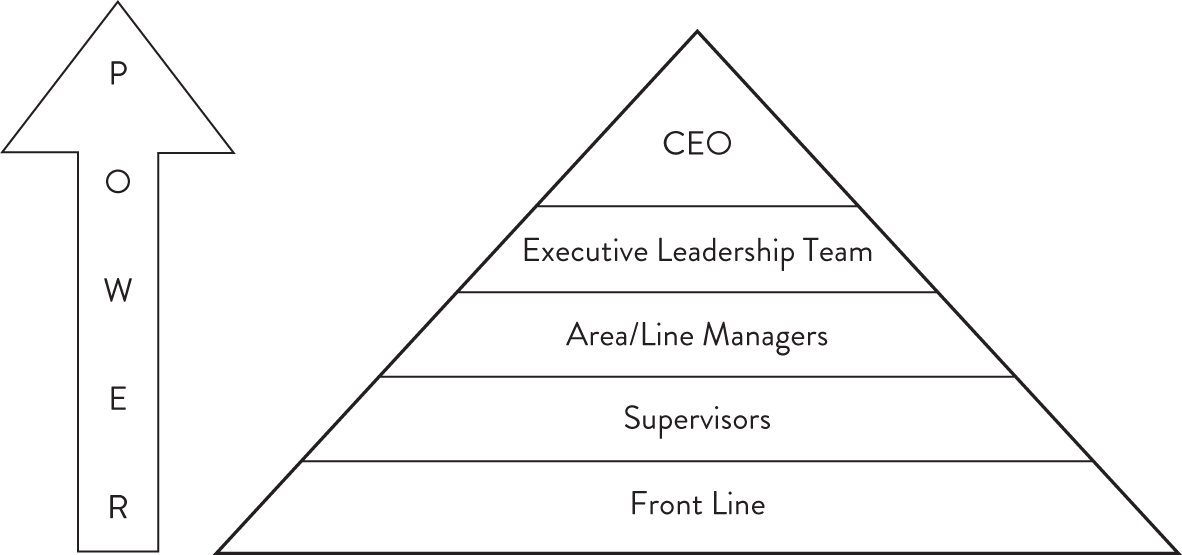
FIGURE 5.8 The traditional organization chart.

FIGURE 5.9 A better way of drawing the organization chart.
It makes a huge difference—one of the companies I own is so fixed on the idea they show the organization chart as a tree—the strong trunk supporting growth in the branches and the leaves doing the job of providing energy to the structure.
A key metric for a professional knowledge firm now is not their revenue or profits—it is the revenue and profits that they're helping produce for others. One of the companies I work with proudly talks openly about the improvement in profitability of the clients they serve (it's currently 247%, by the way).
You see that in the office environment (and websites, too) with photos and videos proudly showcasing the outcomes of the firms' work (as opposed to the normal photos of the board and CEO in “About Us”—surely there should be a tab called “About Our Outcomes” before the “About Us”).
And guess what impact‐driven companies have on their websites—yes, a tab called Our Impact. And when you really “get” this, you'll make sure that impact is updated automatically daily (it's easily possible to do that, by the way).
We give you much, much more on that in Chapter 6. For now, let's go up to the next rung on our ladder.
IS YOUR COMMUNITY BETTER OFF BECAUSE YOUR BUSINESS IS IN IT?
This question gets back to the very essence of belonging.
It's not just about customers feeling that they belong, it's clearly team members who need to feel they belong, too. Let's put it simply and directly: You cannot have a successful subscription business with low churn rates and significant MRR unless your team members (and, of course, your customers) are great ambassadors for you. And that's true irrespective of the role those team members might play in your business.
So … when you're doing great things getting everyone rowing (faster in unison toward that North Star that's bigger than you) in the same direction and everyone is truly on purpose and measuring your impact, those self‐same people are more likely to be connected into their communities and doing great things in them (wearing their company T‐shirts, of course). Re‐read the story about the food parcels just a few pages ago to get the essence of what we're talking about here.
Encourage it—you'll be amazed at the difference it makes.
But it's more than just Team Members—it's your customers, too. For example, just imagine you building your firm by implementing all the ideas here to the extent that your customers do it as well—and they do it because you become the guiding light in a very real sense. And when we say “you” here, we don't mean “you, the person.” Remember, you're leading, not necessarily doing. So the “you” in this context means “you the firm.”
Think about what that means for a moment.
Just take a minute to get your mind around that concept—you're not an isolated firm living in its own bubble.
You are deeply connected—yes deeply—to your customers. And you're transforming their businesses with them by applying key insights from your model—imagine you actively helping them do that. (More on that later.)
And doing that impacts the top rung of the ladder, as you'll see right now …
TOP RUNG: IS THE WORLD BETTER OFF BECAUSE YOUR BUSINESS IS IN IT?
Straight to the point: You can only answer a resounding yes to that if, and only if, you're building your new subscription model on this story arc that I introduced you to in Chapter 2 (Figure 5.10).
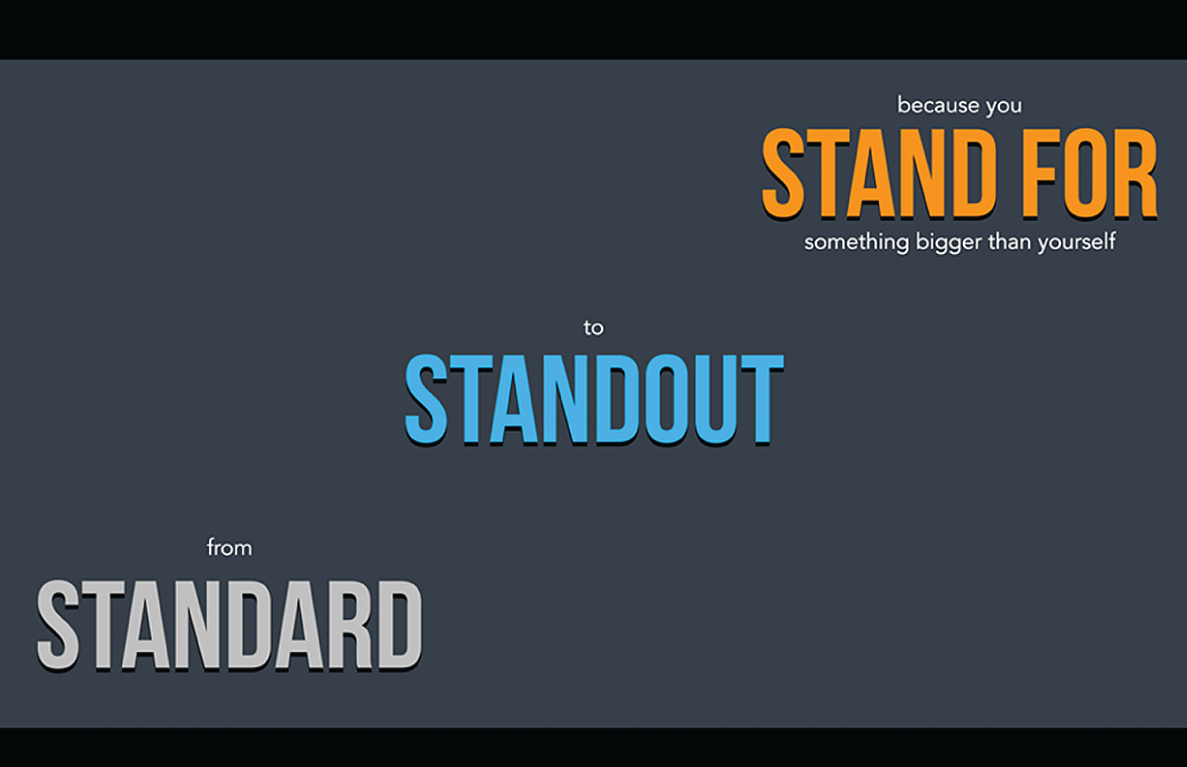
FIGURE 5.10 The key story arc.
Let's go a little deeper now. And to do that, it's time to introduce you to Tim Duggan.
He expressed what we're talking about here really well in his first book Cult Status: How to Build a Business People Adore. The book won the prize for the 2021 Australian Business Book of the Year—pretty good for a first book!
Tim gives us a new word early on—the untrepreneur—an entrepreneur who is undoing the old ways of doing business.
In the opening chapter, Tim lays out what he labels as “7 Steps to Creating a Business with Cult Status.”
I nearly flipped when I read the first item on the list. It's simply this:
Define Your Impact.
He writes: “The old way of thinking about business was making as much money as possible. The new way of thinking is to balance profit with the impact you want to have. Instead of starting with a dollar figure, start with the number of people you want to affect.”
Think about that … it's “human” right from the get‐go.
Straightaway, it's bigger than yourself.
And as a professional knowledge firm helping your customers achieve better results, every time you do that, you're multiplying your impact too.
Just imagine now if you could measure that impact (and more).
The great news is, you can. And you can do it simply by integrating impact right at the heart of every business process. You've already done that (just in case you didn't know) by investing in this book. When you did that, five children in need got daily access to game‐changing education. And like so many businesses around the world now, we made that happen through B1G1.com.
And in case you're not familiar with how that works, take as just one example this legal firm in Perth, Western Australia, Lynn and Brown:
And there really are many other internal triggers. What's really great is that the triggers are set by the team. The firm owners refer to it as “democratizing our impact globally.”
Notice too it's not your normal CSR initiative as in “ABC firm proudly supports XYZ charity.” This is very, very different. B1G1 Founder and CEO, Masami Sato explains:
We're privileged to work with 1000s of businesses from around the world in more than 40 countries. We have projects right now in 47 countries.
Those projects are run by great organizations that we assess and vet very carefully—it's quite tough to become a B1G1 Project. And so you may wonder how it's done.
It's not like normal giving where you can donate $1,000 to an organization. What we do is carefully break everything down into tiny micro‐units. For example, for just 61 cents you can provide business training to a woman in need so that they can actually start and run their sustainable business.
Or it could be game‐changing education for just 20 cents. There are hundreds of examples.
And then your company can (like thousands of others now) link literally any type of activity directly to those projects with B1G1 passing on fully 100% of the giving you choose to do.
So a company might say, “every time we have a great team meeting, we provide one day's support to a woman in business.”
What happens then is that everything in the business becomes something to celebrate and be grateful for. It means that the team members in the company can come together and unite under the shared mission to do good for somebody else, not for themselves, but for others.
And so the power of B1G1 is actually the power of stories. The stories make it meaningful. It's like a secret mechanism. You become integral with those giving stories.
And when you do this with genuine intent to make a difference, you transform, how you communicate with your team transforms, how the team feels transforms and that spreads out in ripples to your customers too.
In this model, giving is no longer a once‐off event. We're about to pass 300 million giving impacts worldwide. Business owners and their teams are taking action every day. That's why we do this.
Now it might seem as though we've made a jump here—jumping from outcomes for customers (in the sense that their lives are enriched) to outcomes that impact people we may never even get to meet.
But what's really cool is that Lynn and Brown's customers ARE involved. When impacts are made that involve them, they (the customers) get beautifully done Gratitude Certificates sent to them that specifically refer to the impacts created. Figure 5.11 is a typical example.
Now, of course, you may well use different language. And you can easily customize the style directly to your own brand book guidelines.
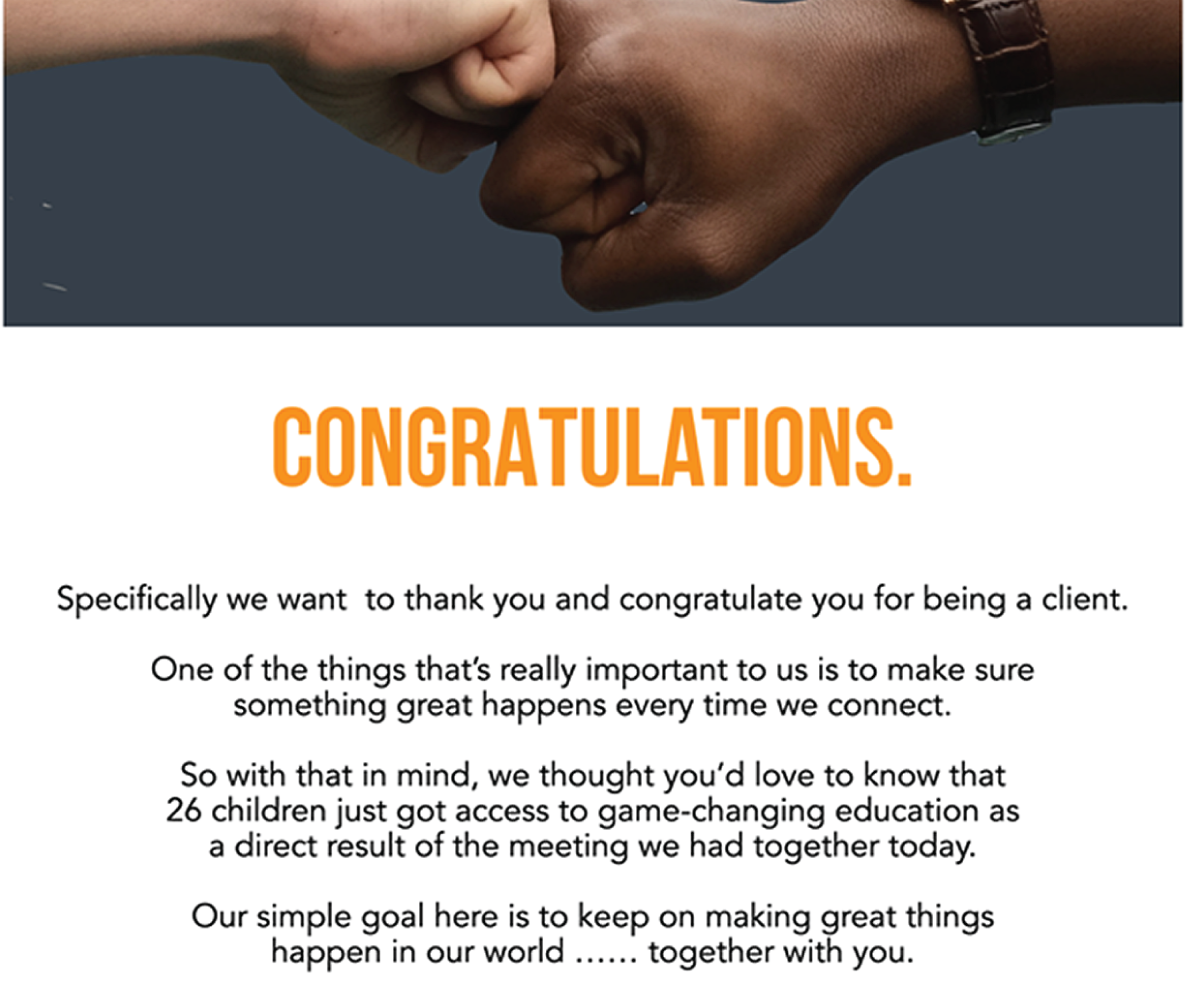
FIGURE 5.11 Imagine receiving this after a meeting.
The important thing here is that you get the idea, not the specifics.
The specifics are the way YOU choose to implement the ideas.
Central to that implementation are some key foundational ideas from Chapter 2:
There's much more where that comes from in Chapter 6—just turn the page.
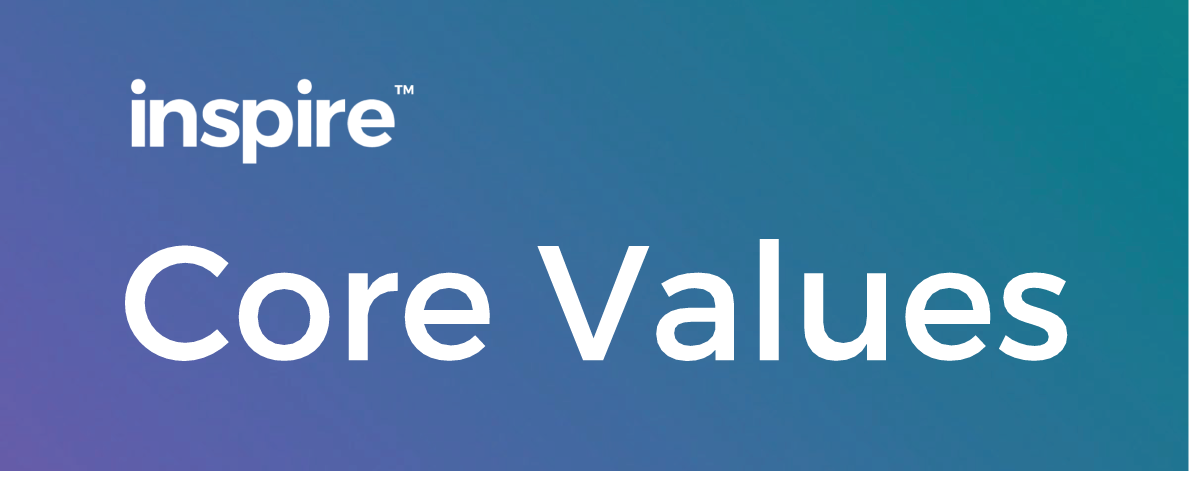

|
|

|
|

|
|
| WHY WE EXIST We are numbers people and we believe that FAMILY is number one. We exist to help Young Families use their Small Business to get Cashed Up. | OUR MISSION | We’re on a mission to become Australia’s Most Impactful Accounting firm. Ultimately it’s about helping our clients pull more money, time and happiness from their business—measured in Freedom Days or Net Wealth / Cost of Living per Day. The 10 year vision is to give the proactive advice that helps create 10,000,000 Freedom Days, across 10 cities. |
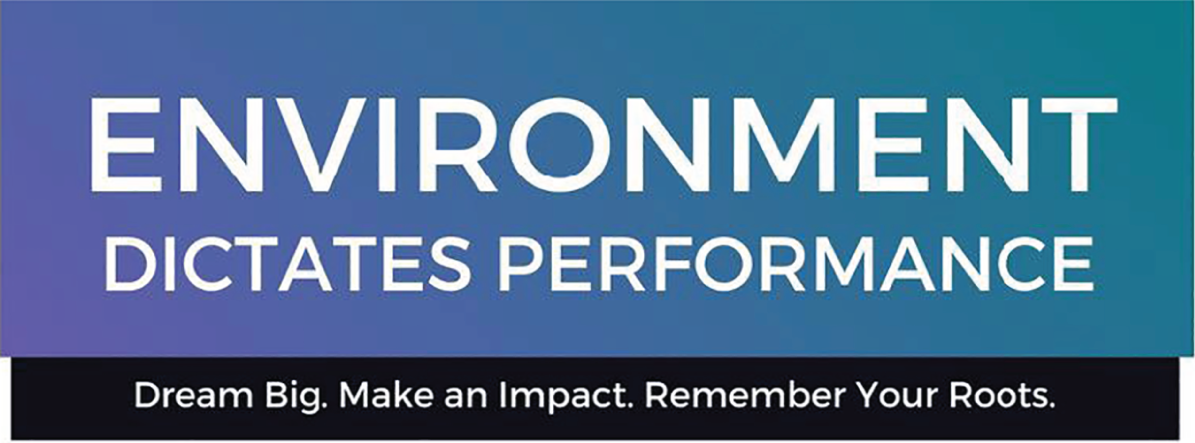
This is our version of “Code of Conduct.” Unlike a traditional policy document, we wanted to be more human about things.
The following 14 Agreements point to the fact that in business (and in life), all we can do is manage our agreements.
Marathons & Sprints.
Like Dog Years, a single year at Inspire could be likened to seven years in a more traditional firm. We run at a serious pace. To avoid burnout, we run our business to a “3 x 4” rhythm or 3 x 4 month quarters in a year instead of the traditional “4 x 3”. Each quarter will have a clear theme and focus, and every team member will know their role to play, climaxing with a month of Celebration.

Sharpening the axe.
Celebration months are a great opportunity for “Service & Maintenance” as it’s the only time that “the speed train”—that is inspire—slows down long enough to onboard new team members, allow team to take a well earned holiday or do some epic personal and professional development. In November, March and July each year for example, we celebrate our wins with a 2 day offsite team retreat called Thinking and Thanking Day.
The Game Plan.
Like a team in a locker room moments before running onto the field, our retreats help every person on the team know exactly the role they each play in winning the game. Client Service Coordinators, Account Managers, Business Development Managers and Quality Controllers, each have a different (but complementary) role to play for the quarter, summarised in one key Measure of Success. For example, “5 x Proactive Advice Meetings / week” or “5 x 2nd Opinions on Tax / week” when repeated 13 times over the 13 weeks in a quarter keeps us each “on track” to win as a team. Because we are all dependant on each other, it’s fine to be ahead, or on track but it is not ok to be behind.
Own the day.
To help you create space for personal or family success, we do an “early start, early finish” with office hours between 7:20 and 3:50. Daily at 747 sharp we assemble in a circle for a Standing Team Huddle where we each share 3 things—What am I grateful for? What are my top 3 priorities for today? Am I ahead, on track or behind with my Measures of Success?
Think of “747” as everyone standing around a campfire and the goal is to get everyone warmed up. What you say and how you say it can be like either throwing cold water or fuel on the fire. Please be brief, inspirational and to the point.
Get sh*t done.
Ever noticed how productive you are when you’ve worked either on an airplane, from home or at a cafe with your headphones on? Distractions are the enemy of productivity. That’s why “747” is followed by 2 hours of GSD time—no emails, no client meetings, no phone calls and best of all, no one tapping you on the shoulder to ask a question, until 10 am. Seriously, unless there’s a comet about to hit our office, don’t bug anyone.
Batch‐sh*t crazy.
The relentless pursuit of GSD also sees us “batch” all our client meetings on Tuesday–Thursday, leaving Monday’s & Friday’s to prepare and follow up. It’s also why we don’t live in our inboxes. Emails are only “let in” to our inbox 3 x times a day—thanks to a software called Boomerang.
Inbox Zero.
Every day we achieve Inbox Zero. Every email in our inbox is either acknowledged or actioned on the day it’s received. Most client emails are actually answered by our team of Client Service Coordinators and Junior Accountants. So it’s just the curly ones that make it through to you. Inbox Zero helps us stay well within our promise to our clients of a “guaranteed 24 hour response to your questions, or we’ll send you a bunch of flowers”.
Gratitude is a gamechanger.
Every Friday morning we do Team Thankyou. A standing circle of gratitude where we THANK each other for the impact we’ve heard or seen each other make during the week. There’s laughter, there’s smiles and sometimes even tears. Definitely the highlight of the week.
Deadlines become Lifelines.
Preparing Tax Returns & Financial Statements is like driving in a car looking through the rear vision mirror. While being compliant with the ATO is important, we ultimately want to help our clients make the 7 Smart Financial Decisions of a Cashed Up business. That’s why we turn ATO Deadlines into Business Lifelines through early lodgment and proactive advice—this is like looking through the front windscreen, helping clients take the shortest and fastest route to their destination. For example—
- Quarterly BAS are finalised 2 weeks before they’re due, so clients have time to plan cashflow.
- Tax Planning is done with every client by May 15, so clients still have 6 weeks to implement before 30 June.
- We run an “Annual General Meeting” with each of our clients when we finish their Tax Returns & Financial Statements in October, so they still have Nov–June to make this the best financial year yet.
Death before Timesheets.
You may know by now we don’t do timesheets. So … what do we measure then? Impact.
- Tax Savings
- Increases in Profit & Business Value & Wealth
- Reduction in Cashflow Days, Debt & Cost of Living.
- The ultimate impact is Freedom Days. which calculated by “Net Wealth / Cost of Living per Day” is really the sum of all these impacts combined.
At Inspire we believe that “Advice Precedes Impact.” Instead of timesheets, everyday and every week we track the number of “Proactive Advice Meetings” we’ve delivered, then every quarter we measure the impact of our advice on our clients business and lives.
Communication over Calculation.
He who communicates best, wins. To date your career progression has been focused around upping your technical knowledge. From here on in it’s about becoming a MASTER COMMUNICATOR. Knowing your sh*t is important, but that just gets you a foot in the door. “Making an impact”, becoming a “Life Changing Accountant” and helping people get “Cashed Up” will require you to learn how to communicate in such a way that people listen, take action and leave feeling inspired.
Dress to Impress.
The dress code at Inspire is Super Smart Casual. We want to strike the fine balance between “I’m down to earth and approachable” and “I’m a qualified professional, ready to make an impact”. You’ll never see us in a suit or tie. Some cool jeans or a skirt with an Inspire T Shirt and a collared shirt over the top will do the trick. In short, we want people to judge us by the impact we make, not the clothes we wear. However we’d never want to dress in such a way that people find it hard to have instant trust in sharing with us their most intimate financial details.
Leave, leave, leave.
Annual Leave …
Celebration months are a great time to take leave, but you’re free to take annual leave whenever you like with plenty of notice. Just put your initials on the dates you’re thinking of taking in the Activities Calendar. At our Quarterly Retreats we help you to plan your holidays a year in advance so you always have something to look forward to.
Sick Leave …
If you’re sick, you’re sick. Just take the day off and get better. We’ll see you again tomorrow, when you’re 100%. I’m sure your emails and client meetings will still be there for you when you get back. No need to work from home.
I’m‐not‐really‐feeling‐it‐so‐I’m‐working‐from‐home‐or‐leaving‐early‐leave …
We’re definitely not a team of clock‐watchers, but out of respect for the team we are part of, we show up on time and ready to make an impact. We don’t duck off early and there’s not really a culture of working from home. We recognise that we are part of an inspirational team of game changers, and value the opportunity we have to work side by side with people we actually respect (and even love).
High‐five the status quo in the face—with a chair.
We are best selling authors. We’ve won multiple awards. We regularly get invited to feature in the media and speak on business and personal success around Australia and internationally. Although we’ve just begun, we’re already worthy of the title “Australia’s Most Impactful Accounting Firm.” None of which is possible without a culture of extreme innovation, profound rejection of the status quo and a strong desire for everyone to embrace change. You up for the challenge?
